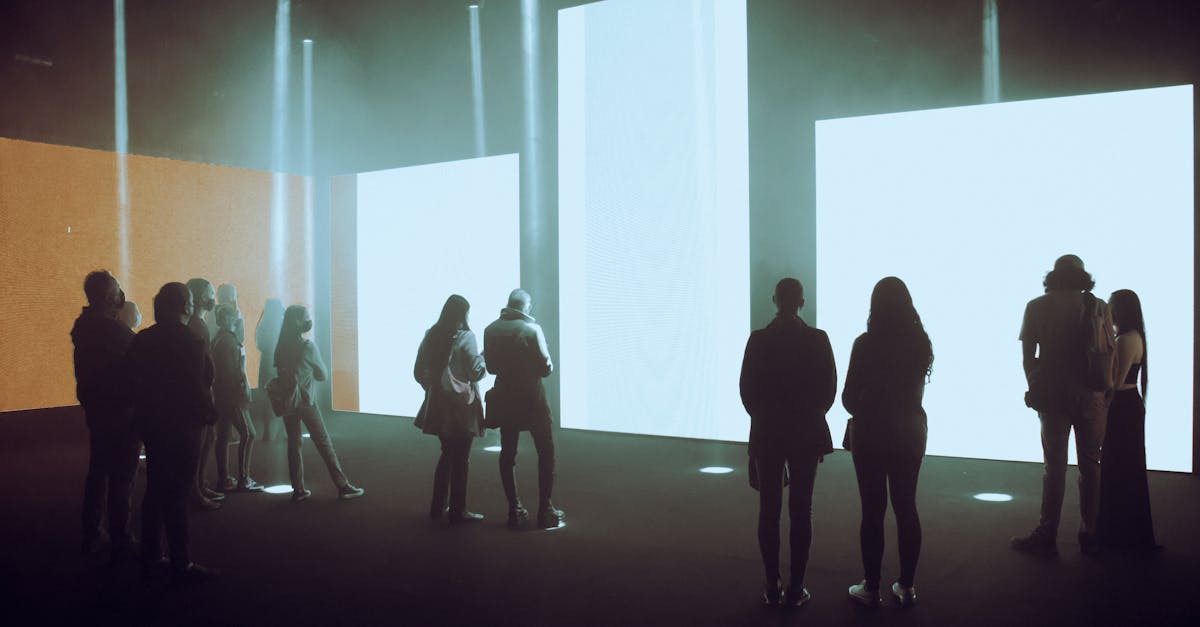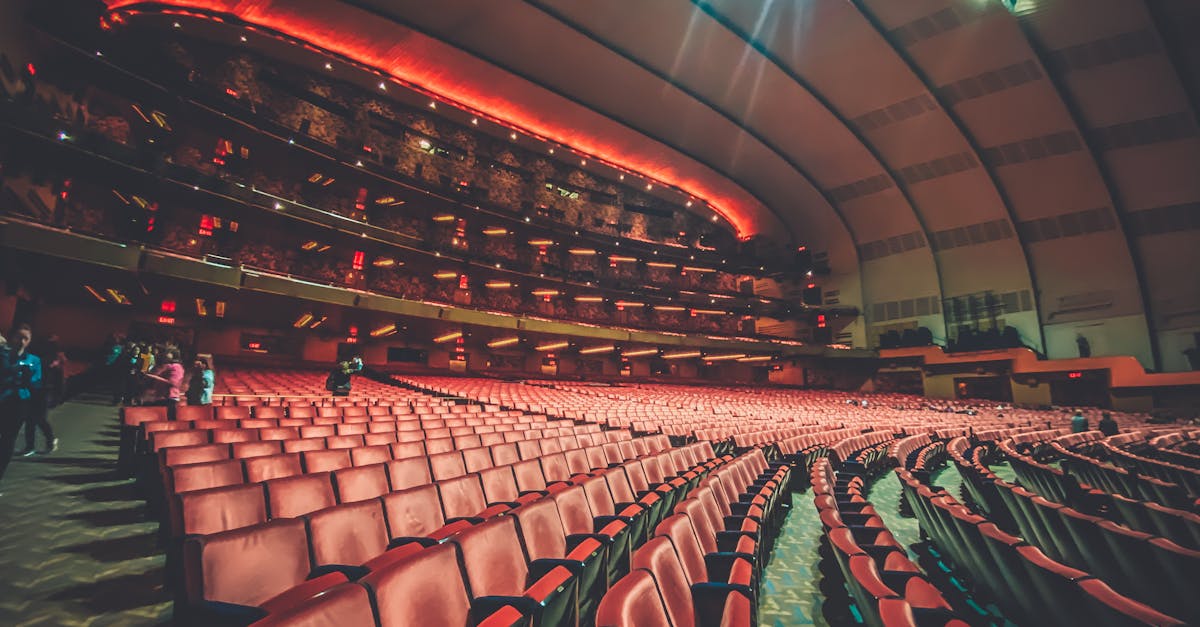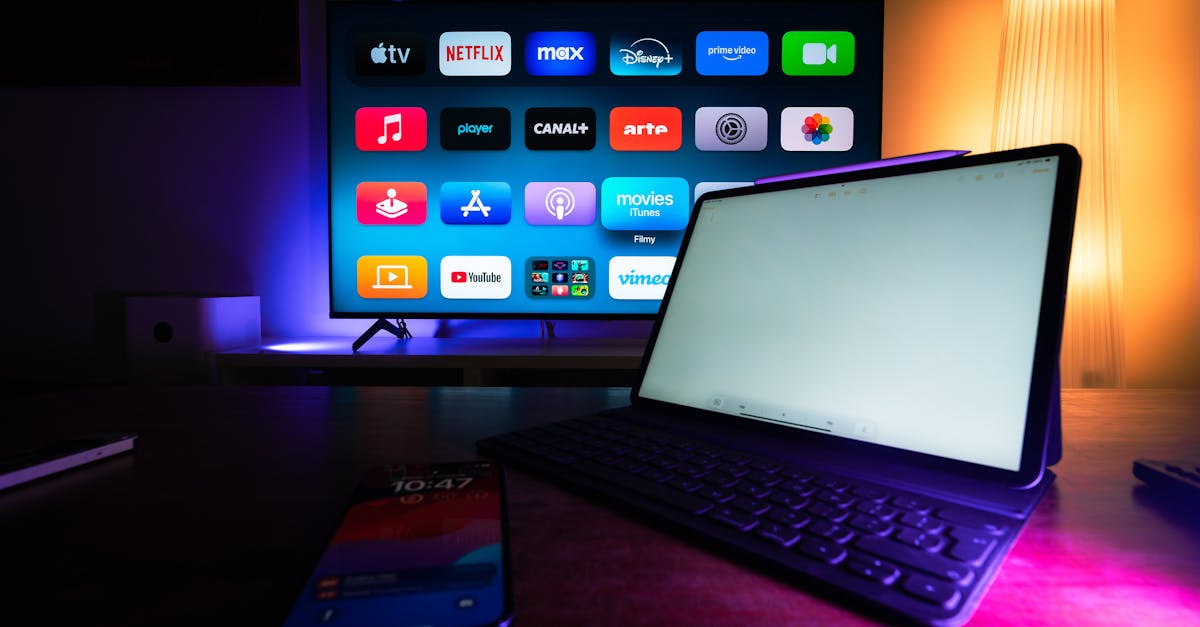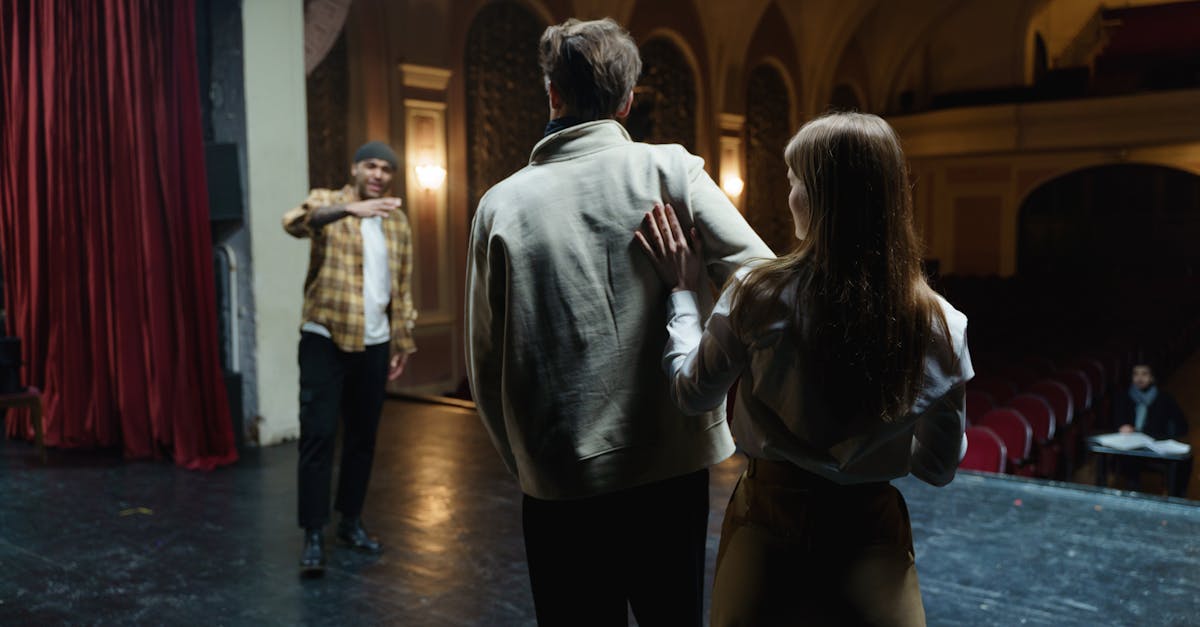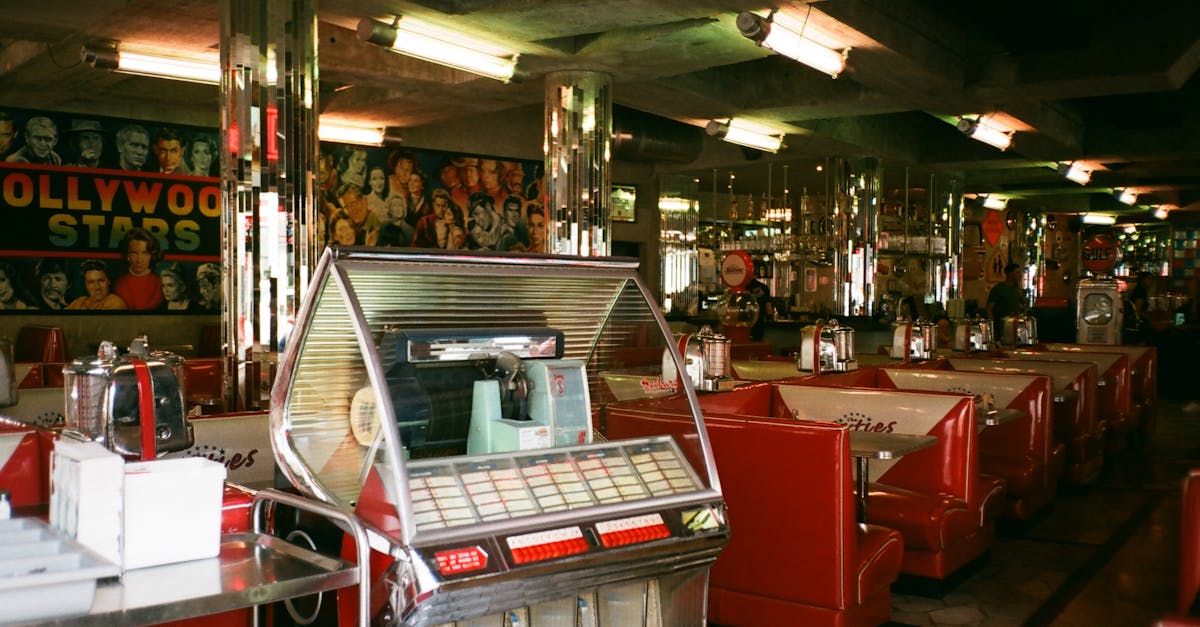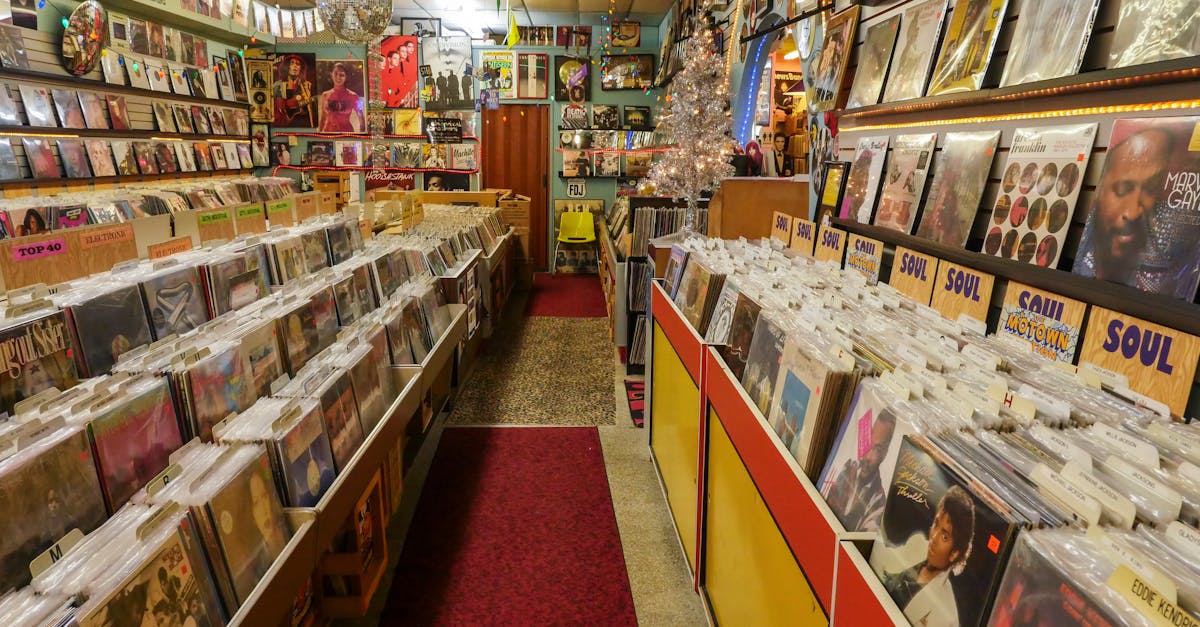The Rise Of Immersive Art How Technology Is Transforming Museums
Introduction
The art world is undergoing a revolutionary transformation with the advent of immersive art experiences, redefining our interaction with artistry. Museums, once known for their quiet halls and static displays, now pulse with dynamic exhibits merging art with advanced technology. But what prompts this shift towards immersion? And how are traditional museums adapting to this change? From interactive displays to virtual reality experiences, technology is igniting a newfound excitement in art appreciation. This article delves into the rise of immersive art and its impact on the future of museums.
Advertisement
A New Era of Engagement
Immersive art captivates audiences by fostering a deeper connection between the observer and the exhibit. Unlike traditional galleries where art is observed from a distance, immersive installations place visitors amidst the creativity. This experiential engagement encourages audiences to explore and interact with art pieces in novel ways. Museums are leveraging technology to create multimedia exhibits, employing lighting, sound, and digital interfaces. These innovative presentations transform passive spectators into active participants, challenging pre-existing notions of art consumption.

Mikhail Nilov/Pexels
Advertisement
Virtual Reality Transcending Art Boundaries
Virtual reality (VR) is revolutionizing how art is presented and consumed, offering a lifelike exploration of past and contemporary works. These VR experiences allow visitors to immerse themselves in art pieces, transcending physical limitations. Imagine walking through a Monet painting or observing the Sistine Chapel in its entirety from your living room. VR enables limitless exploration, breaking geographical constraints as museums digitize collections for global audiences. This digital democratization fosters inclusivity, opening doors to art lovers who might never visit these cultural bastions physically.
Advertisement
Augmented Reality Augments Exhibitions
Augmented reality (AR) overlays digital content onto real environments, enriching museum exhibits with complementary information. This symbiotic integration provides layers of context, turning static displays into animated storytelling experiences. Visitors can access virtual guides, interpretive content, and interactive quizzes through their smartphones, expanding their understanding. AR breathes life into history by bridging past and present, allowing ancient artifacts to share their tales with a modern audience. As AR technology becomes more accessible, so does its potential to enhance museum experiences.
Advertisement
Interactive Installations and Multi-sensory Exhibits
Artists and curators employ technology to craft interactive installations, strong enough to appeal to multiple senses. These multisensory experiences combine visual art with music, even scent, to evoke emotive responses in visitors. Interactive works encourage participation, with people manipulating aspects of the exhibit, generating personal connections. Such installations challenge conventional methods, creating personalized narratives and memories. The multisensory approach caters to diverse audiences, making art more inclusive and accessible to those with differing abilities and preferences.
Advertisement
Digital Art and Algorithms
The realm of digital art, supported by complex algorithms, is driving innovation within museums. Artists harness code to generate striking, ever-evolving pieces, offering endless possibilities. Dynamic displays shift as digital inputs change, captivating viewers with unique experiences on each visit. Algorithms provide artists unprecedented capabilities, blurring lines between artist and machine. As digital art thrives, museums are curating digital galleries, propelling conversations about authorship, creativity, and the future role of technology in the artistic process.
Advertisement
Technological Challenges and Solutions
Despite the fascination, the integration of technology into museums isn't without hurdles. Technical glitches, high costs, and the need for constant updates pose significant challenges for museums transitioning towards immersive art. Effective solutions, like collaborations with tech firms and sponsorships, can alleviate financial burdens. Museums invest in training staff to ensure seamless operations. By anticipating these potential challenges, cultural institutions can better prepare for the technological demands of tomorrow, ensuring immersive art remains an enriching endeavor.
Advertisement
Preserving Tradition Amidst Innovation
Embracing technology doesn't equate to abandoning traditional art forms. Instead, museums balance classic exhibits with cutting-edge installations. Maintaining this equilibrium preserves art history while celebrating technological advancements. Institutions are tasked with educating audiences about both traditional and modern practices, fostering an appreciation for diverse artistic expressions. By harmonizing old and new, museums act as bridges between cultures and generations, ensuring art's universal language is understood by all.
Advertisement
The Role of Museums in Fostering Creativity
Museums evolve beyond mere presentation spaces into creative hubs that nurture artist-audience collaboration. By offering workshops and participatory events, they encourage visitors to contribute creatively, fostering a community of aspiring creators. Immersive experiences empower individuals to reinterpret art and consider new media as valid forms of artistic expression. Cultivating this creativity empowers future generations of artists to innovate, ensuring a perpetuation of art in various forms. This newfound cultural ecosystem shapes museums into dynamic multi-purpose institutions at the cultural forefront.
Advertisement
Conclusion
The fusion of technology and art marks a significant turning point in how museums curate and present exhibits. Immersive art introduces a fresh and dynamic approach to experiencing culture, fostering engagement like never before. As technology continues to evolve, museums are poised to redefine their role, transcending traditional boundaries. By embracing innovation while preserving tradition, museums ensure art remains an inclusive and ever-evolving narrative. The future of museums, ablaze with immersive potential, awaits a world eager to explore, engage, and create.
Advertisement



